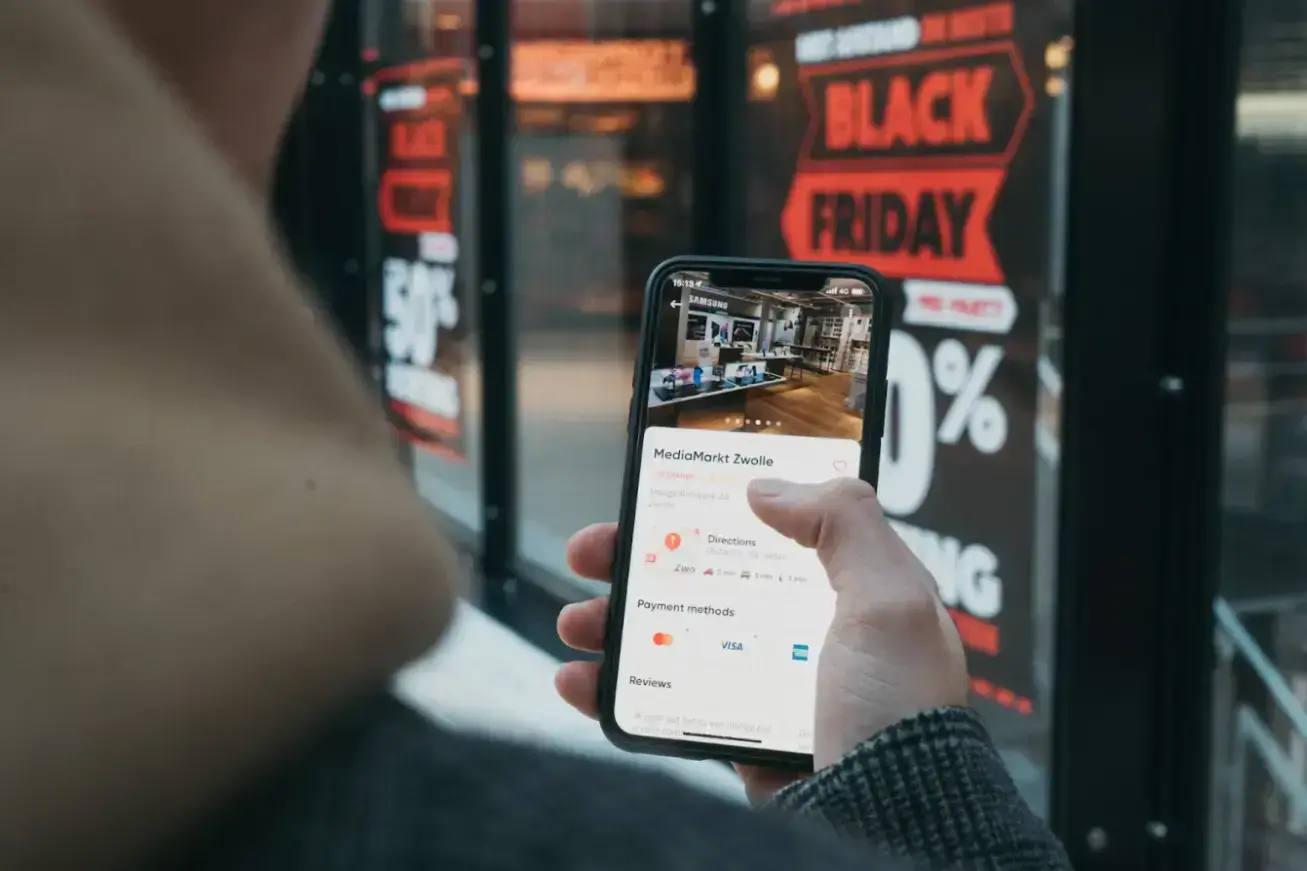It’s been reported that by 2027, the e-commerce market could be worth over $7.9 trillion. It’s safe to say that e-commerce is a thriving big business.
However, it’s not always the most predictable industry—this is where e-commerce demand forecasting comes into play. It helps you understand what products your customers want before they even know it themselves and, therefore, helps you boost your sales. That’s the power of accurate demand forecasting.
Let’s break down demand forecasting, why it’s a game-changer for your business, and how to use it to stay ahead of the competition.
In this article:
- 5 Methods of Demand Forecasting
- Best Practices in Demand Forecasting
- Using E-Commerce Demand Forecasting to Improve Sales
- How to Calculate a Sales Forecast
What is E-Commerce Demand Forecasting?
E-commerce demand forecasting is all about predicting future demand for products sold by online retailers.
You can then anticipate which products will be popular and how much inventory you need to keep in stock. Accurate e-commerce demand forecasting ensures you’re ready to meet customer needs without overstocking or understocking.
Benefits of E-Commerce Demand Forecasting
Let’s look at some of the key benefits of e-commerce demand forecasting.
Optimized stock
With accurate demand forecasting, you can maintain balanced inventory levels, avoid overstocking, and reduce storage costs. Using tools like MRPeasy’s inventory management software can make this process much easier, providing insights and automation to help businesses optimize stock and forecast demand accurately.

Free-to-use image sourced from Unsplash
Cost efficiency
Forecasting helps you make cost-effective business decisions by aligning inventory purchases with expected demand.
Improved customer satisfaction
Customer satisfaction is one of the most important metrics for your business. Forecasting ensures products are available during peak times, minimizing lost sales.
Better decision making
Accurate forecasts empower you to make informed decisions about pricing, promotions, and marketing strategies.
Better supplier relationships
E-commerce demand forecasting improves supplier communication by enabling more accurate demand predictions and timely deliveries.
Challenges of E-Commerce Demand Forecasting
While the benefits are significant, there are also some challenges.
Data accuracy
Good quality data can make or break your forecasts. Always ensure your data is clean, accurate, and up to date using a solid data pipeline.
Market fluctuations
The e-commerce landscape is dynamic, with trends constantly evolving. Forecasting methods must adapt to shifting consumer preferences and market conditions.

Free-to-use image sourced from Unsplash
Integration
Implementing forecasting tools and integrating them with existing systems can be complex. Choose technology that aligns with your business needs.
5 Methods of Demand Forecasting
There are five key methods businesses use to forecast demand.
1. Historical sales data
Analyze past sales data to predict future demand. Techniques like moving averages or exponential smoothing can identify trends and seasonality.
Analyzing real past customer data can be invaluable in helping you predict how future sales may go.
2. Trend analysis
Trend analysis looks at the broader market to understand long-term movements that affect demand. For example, the rise in eco-friendly trends can impact product demand.

Free-to-use image sourced from Unsplash
3. Micro-level demand forecasting
Examine niche or segment performance to identify issues or opportunities. Use past sales and cost data to adjust pricing and margins.
4. Using technology
Use algorithms and artificial intelligence to analyze large datasets and predict future demand. Machine-learning models can refine predictions based on sales data, customer behavior, and external factors.
5. Industry expertise
Leverage expert knowledge and experience to complement quantitative data. This hybrid approach is useful when data is limited or when predicting new market trends.
Best Practices in Demand Forecasting
Here are some best practices for improving sales with demand forecasting.
1. Use a multi-method approach
Combine multiple forecasting techniques to reduce limitations and improve accuracy.
2. Continuously monitor and update
Demand forecasting is an ongoing process. Regularly review and adjust forecasts based on new data and social media trends.

Free-to-use image sourced from Unsplash
3. Integrate with other tools
Integrate forecasting with tools like B2B customer data platforms, WMS, and CRM platforms. Also, consider software financial planning integration for better decision-making.
4. Employee training
Train your team to effectively use forecasting tools and interpret results across departments.
5. Analyze and learn from errors
Review discrepancies between forecasts and actual outcomes to improve future predictions.
Using E-Commerce Demand Forecasting to Improve Sales
E-commerce demand forecasting isn’t just about prediction—it’s about making smarter decisions that boost sales.
Enhance product recommendations
Forecasting data can personalize the shopping experience, improve engagement, and reduce cart abandonment.

Free-to-use image sourced from Unsplash
Improve marketing strategies
Use forecasts to plan seasonal campaigns and create content that drives sales.
Reduce returns and exchanges
Accurate forecasting minimizes stock issues, reducing both returns and customer dissatisfaction.
Plan new product launches
Use historical data to predict performance of new products and plan launch strategies accordingly.
Improve supply chain efficiency
Accurate forecasts improve supplier collaboration, reduce delays, and prevent bottlenecks.

Free-to-use image sourced from Unsplash
How to Calculate a Sales Forecast
Here are a few methods you can use:
- Average sales per month: Calculate how many units you sell each month to plan inventory.
- Average order value (AOV): Divide total revenue by the number of orders to measure customer spend.
- Return rate: Track how many products are returned each month to identify recurring issues.
Frequently Asked Questions
1. How do you forecast e-commerce demand?
You can use methods like historical data analysis, market trend studies, machine learning, and expert consultation.
2. How many types of e-commerce demand forecasting are there?
Forecasting can be quantitative (data-driven) or qualitative (expert-based). Choose depending on your business context.
3. What is the future of e-commerce demand forecasting?
The future lies in using AI and automation to enhance accuracy and responsiveness.
Moving Forward with E-Commerce Demand Forecasting
Demand forecasting is a vital tool for boosting e-commerce sales. By applying the right methods and best practices, you can manage inventory more effectively, improve customer satisfaction, and stay ahead of competitors.

Author Bio
Brooks Patterson is RudderStack’s Product Marketing Manager. RudderStack elegantly handles every piece of data from every source and syncs it with every tool in your stack.

